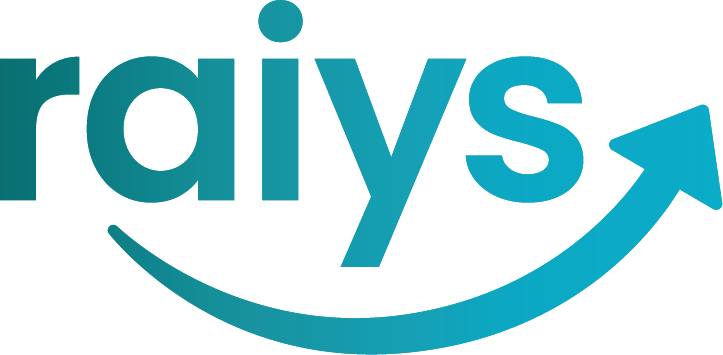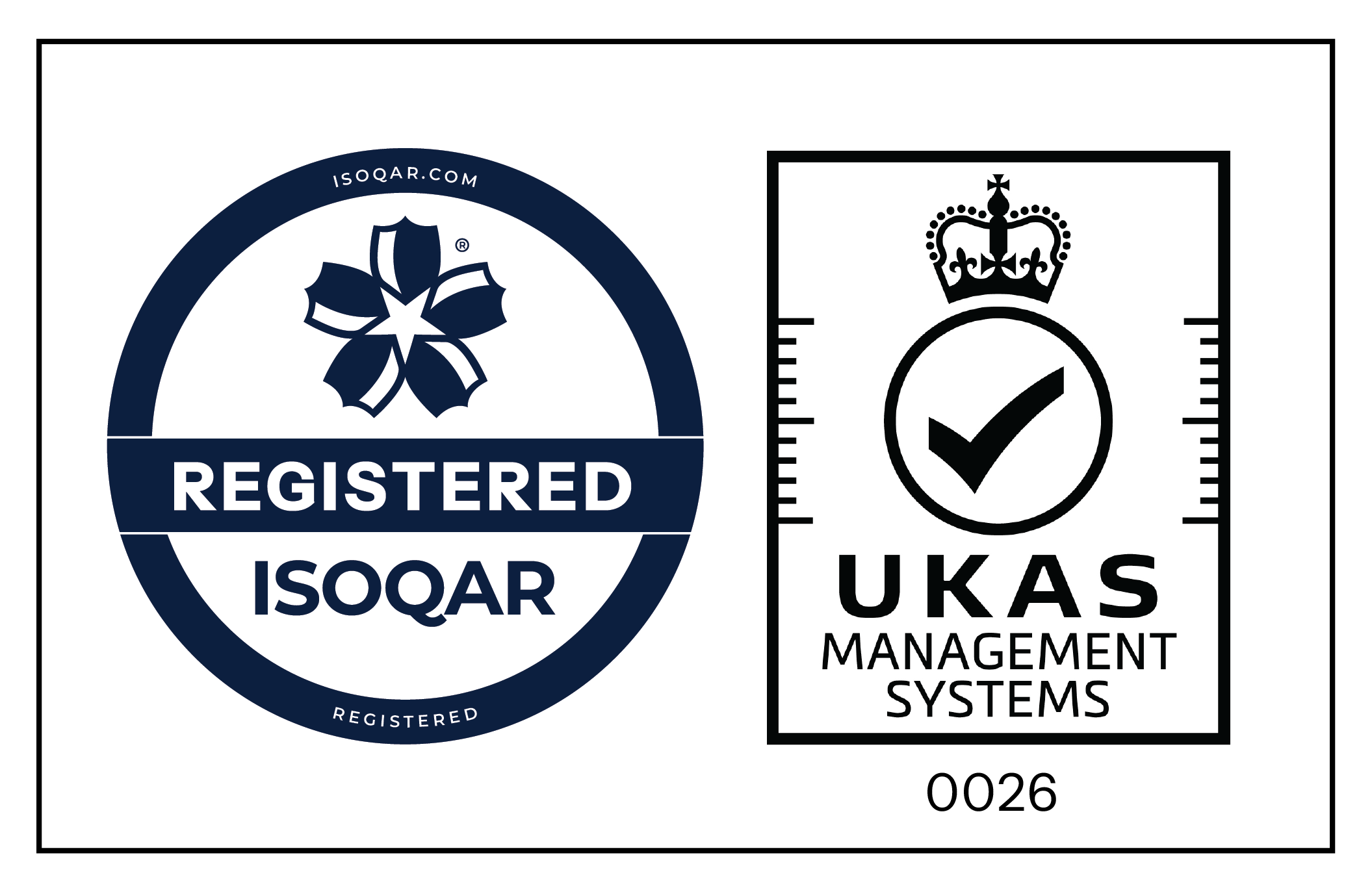No matter where you look on social media these days, people are sharing their lived experience of poor mental health and other life challenges. However, when it comes to the workplace, there is still a reluctance to be as open about what we might be going through with our work colleagues and our employer for fear of stigma or discrimination.
The data collected by the wellbeing company Frog Systems in 2023 backed this up. In the report Exploring The Disconnect of Employee Wellbeing 1,000 employers and 2,000 employees were questioned about workplace wellbeing.
One of the key questions employees were asked was, ‘who would they turn to for help at work if they were struggling?’. Only 2% said they would turn to their line manager while just 1% said they would be comfortable talking to a colleague.
So where do we start if we want to create a culture of openness and support in the workplace?
One of the first things to look at is breaking down stigma and taboos.
Common workplace wellbeing taboos
In years gone by, someone who said they were struggling at work was often seen as weak, difficult or even self-indulgent. This led to an ingrained culture of not bringing home life into the workplace, which just magnified the problem.
Even though we have moved on, there are many topics that employees still find difficult to talk about at work:
- Mental Health
- Grief
- Menopause
- Fertility
- Finances
- Gender
- Religion
Yet, as we all know, an employee does not become a different person when they walk through the office door, log on to their work email, or climb into their company van to start the working day. With a more diverse workforce than ever, everyone needs to feel comfortable and listened to.
General work conversations often revolve around idle chit-chat or gossip. That will never stop but when it comes to managing the workplace, managers should be comfortable hearing about the issues that are affecting their teams and helping those individuals who are struggling to find solutions.
Breaking workplace taboos
If someone in your team is regularly under-performing or being short with colleagues, rather than calling them out, getting annoyed, or taking them off a project, take a step back. Ask yourself why, what’s the reason behind their behaviour.
They could be an exhausted new parent, suffering debilitating mood changes because of menopause, struggling with a long-term illness or depression, or simply feeling they aren’t being allowed to be who they really are.
Lead by example – Demonstrate healthy behaviours and attitudes towards employee wellbeing from the top down. Share your own experiences, challenges and coping strategies with your teams. By normalising the conversation, you show that showing vulnerability is a sign of strength not weakness.
Educate and train – Raise awareness and understanding of wellbeing issues at all levels of the business by providing regular education and training on topics such as stress management, mental health awareness, resilience, and self-care.
Listen to others – Invite external experts or speakers to share their insights and best practices on wellbeing.
Provide resources and support – Ensure that your employees have easy access to adequate resources and support for their wellbeing needs. Let them know where these resources are. Remind them regularly how to find them whenever they need them.
Be proactive – Offer the opportunity to work flexibly if necessary and bring in digital support programmes, wellness benefits, peer support groups, or counselling services.
Recognise and reward – Provide positive feedback, acknowledge and empathise with the challenges they face and show appreciation for their contribution, even if they do have to take a break.
Helping line managers
Not all executives or line managers will be comfortable helping people with the wellbeing taboos we’ve listed above. People are often thrown into management because they were good at the particular job they were doing, not because they are great at managing people. Suddenly, having responsibility for a team of individuals can take them right out of their comfort zone.
Training around the handling of sensitive issues will give them the strategies and confidence to handle the challenging issues that might arise. Providing access to supportive resources also gives them the tools to signpost members of their team to help if they don’t have the answers themselves.
Our comprehensive employee wellbeing platform tackles workplace wellbeing taboos head-on with a wide range of supportive content and signposting. It’s used by line managers, mental health first aiders, and wellbeing and DEI leads as a first port of call to learn about the issues and to signpost employees to support. It’s also a safe place for employees to find hope by learning from the lived experiences of those who have been through similar challenges.
Why workplace wellbeing is important
Wellbeing is a crucial aspect of employee engagement, productivity and retention and it is increasingly being linked to better company performance.
Employees need to be able to talk about their mental health, stress levels, or personal challenges at work, without fear of stigma or discrimination. Failure to create this open culture can have serious consequences.
An unhappy employee takes more time off work, produces lower standard work and becomes disengaged, leading to a lack of loyalty and trust. This in turn impacts your bottom line.
When the new holy grail is to have a psychologically safe working environment, addressing workplace wellbeing taboos will help build a positive work environment and ultimately, a successful business.
Contact us today to see how we can help you on your wellbeing journey.















